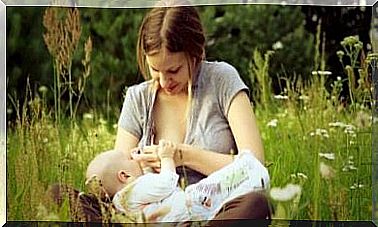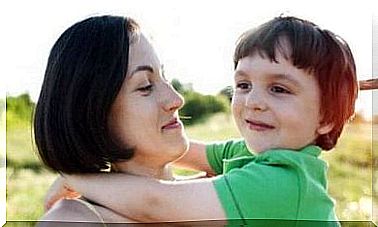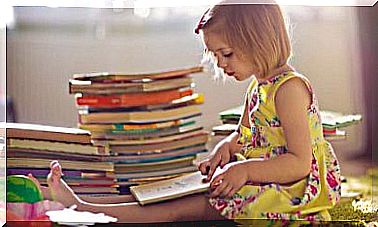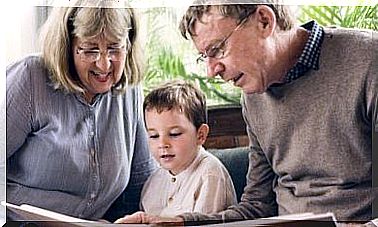Step By Step Potty Training Your Child
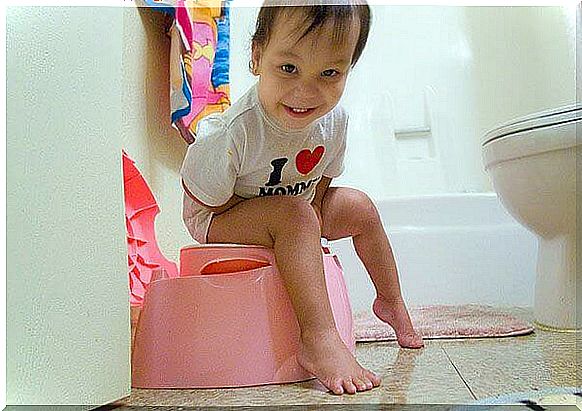
Potty training your child is an intimidating task for any parent. Read this article to find out when and how to successfully potty train your child.
You’ve changed more than 2,000 diapers in a year and you probably can’t wait to potty train your child.
Potty training is a moment that you look forward to for a long time. Yet it is a development that raises many questions among parents: when do we start toilet training?
How do I know my child is ready? Will we be able to successfully learn this personal hygiene skill?
Few parents are prepared for this lengthy process. Some children learn it in a few days, while others take months.
Surprisingly, the earlier you start learning, the longer it will take your child to master it.
So keep these tips in mind when you start potty training to successfully complete the basic steps.
Learn more in this article!
When do we start?
There is no specific age to start potty training. Most children develop the necessary physical and cognitive skills between the ages of 18 and 24 months. Still, most parents prefer to wait until the child is two and a half to three years old before they start potty training.
Delaying potty training can be a good decision. If you start before the child is ready, the process often takes longer.
Remember that children do not have control over their sphincters until they are one year old. Even the kids you think are ready aren’t always ready.
Parents often choose the summer to start potty training. This is more practical and comfortable for the baby. Babies can walk without a diaper in warm weather, avoiding leaky diapers.
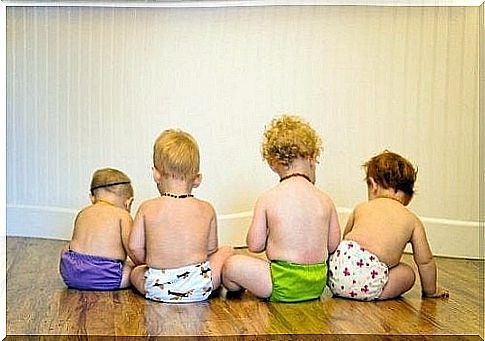
Signs that your child is ready for potty training
Physical signs
Your child:
- Has enough balance and coordination to walk and is even stable when running.
- No longer urinates a little bit at a time. Instead, she pees larger amounts and all at once.
- Has soft and well-formed stools.
- Can stay dry for at least three to four hours.
Behavioral Signs
Your child:
- Can sit and remain in that position for two to five minutes.
- Finds dirty diapers annoying.
- Is curious and tries to imitate adults when they go to the toilet.
- Demonstrate physical behavior when he needs to go to the bathroom (such as making noise or bending over).
Cognitive Signs
Your child:
- Can listen to simple instructions.
- Knows words to describe bowel movements and urine.
- Recognizes the feeling when he has to go to the bathroom. It is possible for him to hold it up.
- Pass the cup test. Give your child two glasses, one filled with water. If your child can calmly pour the water from one glass to another, that means their sphincters are ready to potty train.
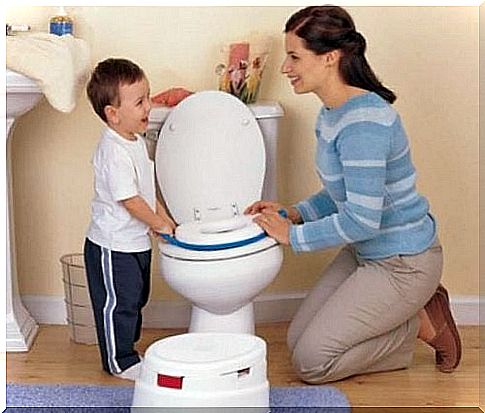
Potty training step by step
Buy the necessary stuff
The first step is to buy a good potty or adjustable seat for your toilet.
Whatever choice you make, make sure it is safe, comfortable and that the child’s feet can touch the ground.
If you buy an adjustable seat for a normal toilet, you should also buy a step so that the child can reach the floor with his feet.
This not only helps to make it easier for the child to sit on the toilet, but also gives him stability and makes it easier to apply pressure during defecation.
This stage will require a lot of time, patience and enthusiasm from the little one. So let them decorate their pot with stickers or play with it whenever they want.
And don’t forget to buy them underpants with their favorite characters on them.
Parents often choose between underpants, cloth diapers or disposable diapers that go on and off as if they were normal underpants. Disposable diapers make it easier for the child to put them on and take them off by themselves.
Explain, show how to do it and say goodbye to diapers
And now it’s time to get started!
First place the potty in an accessible and comfortable place, preferably a place where the child is often.
Make sure it is always accessible when the child wants to use it.
Explain that adults do not use diapers, but have to go to the toilet to relieve themselves. Emphasize the fact that they bend forward on the toilet.
Even if their diaper is already dirty, you can take them to the potty, put them on and remind them to relieve themselves here.
Don’t worry and don’t get mad if they don’t want to sit on it. Never force them to sit or pressure them if it takes too long. If the child feels pressured, the process may take longer.
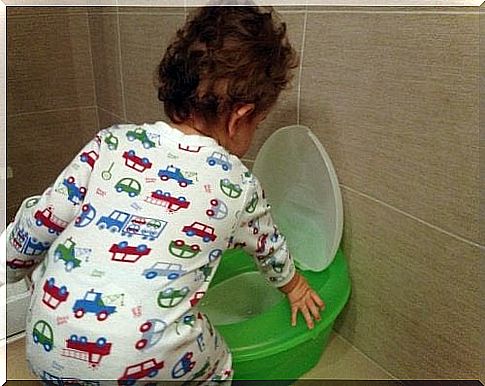
At this stage, explain that you are teaching your child to relieve themselves just like Mom and Dad. Remember that children learn by imitating adults, so it is most effective to show them what to do.
If you show the child how to use the toilet, it is a good idea to explain what you are doing and show that you wipe, flush and wash your hands.
If they see you doing it that way, it will help them understand.
Depending on the gender of your child, remember these details: if you have a boy, it is recommended that they first learn to urinate while sitting and then standing.
If you’re having a girl, make sure she wipes from front to back to reduce the chance of a urinary tract infection.
encourage them
Make sure your child knows that she can ask for help any time they need your help. To use the potty or to put their pants down.
Also remind them that they can use the potty whenever they want.
Remember that the longer your child goes without a diaper, the faster he or she will learn. Yes, that means that you sometimes have to clean after an accident.
Keep calm and encourage them to sit for at least a minute, keep them company and give them books to read.
Of course, don’t hesitate to praise every time they put the potty to good use. This will make them understand that they are doing well.
However, don’t overdo it with enthusiasm, as this may make the child nervous or shy.
Be light-hearted about “accidents”
Not every child learns to go to the toilet on their own without an occasional “accident”.
Don’t get angry when something goes wrong and don’t punish them. The muscles they need to control urine and bowel movements may not be fully developed.
You can reduce the chance of an accident by dressing your child in clothes that they can easily and quickly remove themselves. Stay positive and sweet in the cases when an accident was unavoidable. Remind them to use the toilet while you clean.
In short, one day your child will be toilet trained and able to go to the toilet on his own. This overwhelming phase will then only be a reminder of a victory as a devoted and successful mother.


